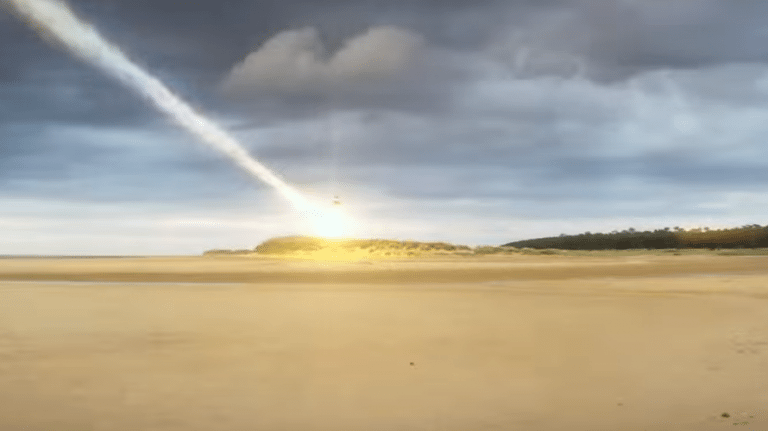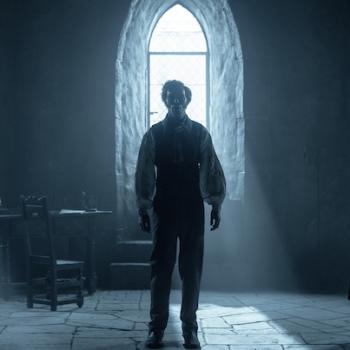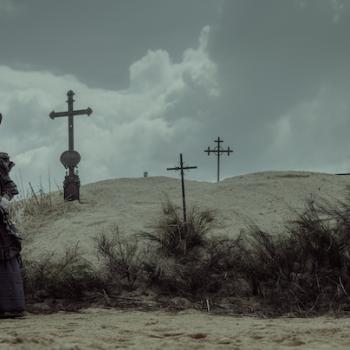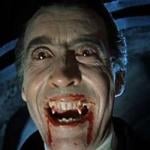
The Fall
In Annihilation’s opening scene, shining light streaks through the sky and crashes to earth—smashing into a lighthouse.
It’s an interesting undoing of what the lighthouse is supposed to do—be a beacon that prevents ships from smashing into the rocks. Here, a rock smashes into the lighthouse, and while it doesn’t destroy it, it twists it somehow, contorting its original purpose into something quite different.
It reminds me a little of Lucifer and his own spectacular fall.
A refresher, for those who’ve not checked out Paradise Lost for a while. In Judeo-Christian lore, Lucifer was once an angel (and is still a name for Venus, the morning star). He was bright and beautiful, but prideful, too. And so he was kicked out of heaven, careening headlong to earth. Isaiah unpacks his story in Isaiah 14:12-24:
How you have fallen from heaven,
O morning star, son of the dawn!
You have been cast down to the earth,
You who once laid low the nations! (Isaiah 14:12, NIV)
So Lucifer became Satan according to the story, which in Hebrew means, essentially, “adversary.” He opposes God’s will and plan as often as he’s able. But he’s got limited power to do so. God is the only thing that can create anything: Satan can only twist that original creation into something outside God’s original design. With his help, we’re taught, things we love become objects of obsession. Healthy emotions transform into destructive predilections and urges. We take love of something and turn it into envy or gluttony, love of ourselves and turn it into pride, etc.
Fascinating that the world inside the shimmer is also so misshapen.












